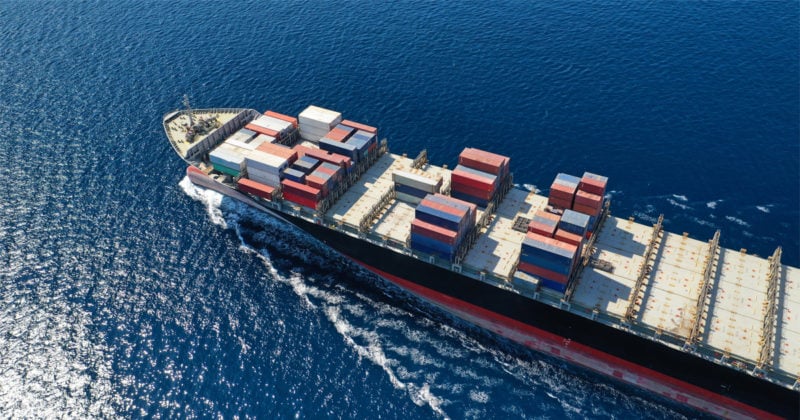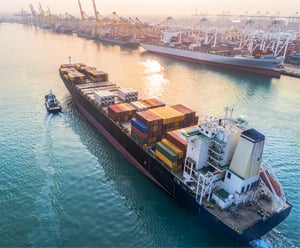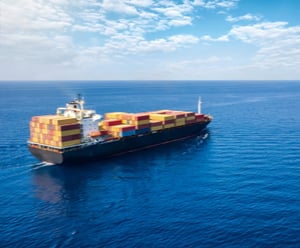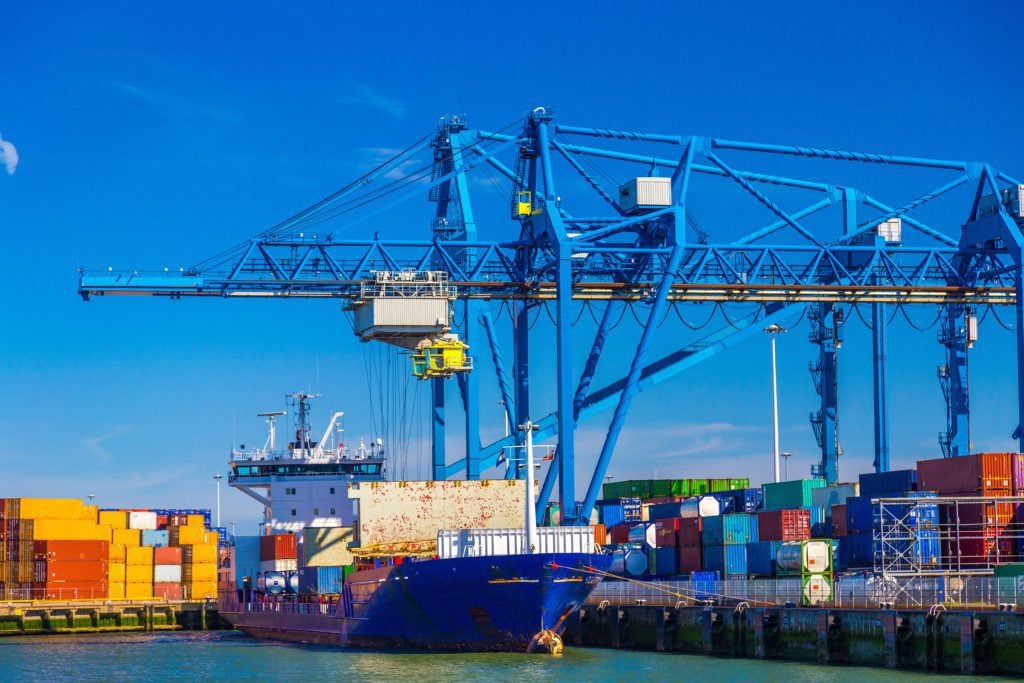
November spot freight rate negotiations set scene for 2020

November is shaping up as a pivotal month for the global container shipping market while it awaits the results of critical negotiations between shipping lines and shippers over spot freight rates.
The backdrop for carriers is particularly dramatic this year with executives facing mounting cost pressures from different sources.
The pressure is on for shipping lines because negotiations with shippers over long-term contracts covering the Asia-Europe trade lane usually commence around this time each year.
The importance of these contracts — which usually start in December or January — for container lines cannot be understated. Approximately 50 percent of all containers shipped on the Far Asia-Europe route each year are long-term contracts, with maritime analyst firm Alphaliner estimating current weekly capacity on the trade lane at almost 400,000 TEU.
The level of spot freight rates as shipping lines and shippers begin talks is the scene-setter for contract pricing in 2020. For shipping lines, the higher spot rates are, the more leverage they have over shippers.
New regulation looms
The much-talked-about introduction of ‘IMO 2020’ low sulfur fuels, which will become mandatory under International Maritime Organization rules at the start of next year, will also affect rates.
The estimated hike in fuel costs for carriers next year due to IMO 2020 is in the region of US$10 billion (€8.92 billion) to US$15 billion. With leading container lines collectively making an operating profit of around US$1 billion in Q2 2019, carriers, understandably, are eager to pass extra costs on to customers.
Negotiations with shippers to determine how much of the IMO 2020 bill they will pay are taking place alongside, or as part of, spot pricing and contract talks.
Shippers believe that using IMO 2020 fuels is simply a cost of doing business for container lines but the exact costs borne by each party will be decided by market forces — the larger the shipper, the less they are likely to pay per shipment toward IMO 2020 fuel.
Lines strike back
With such high stakes, how have lines responded? As DHL’s latest Ocean Freight Market Update shows, the prime response from carriers has been to take a scorched-earth approach to capacity.
This started around China’s Golden Week holidays in October and has shown no sign of stopping, with blank sailings a recurring theme on the main East-West trades.
IMO 2020 has also been an enabler for lines trying to bump up spot rates by cutting capacity. The best means of avoiding using expensive low-sulfur fuel is to install Exhaust Gas Cleaning Systems (EGCSs), also called scrubbers, on vessels.
Besides offering cost advantage once the vessel is scrubber-ready, the time taken to install EGCSs has the added benefit of taking capacity out of the market.
Volatility triumphs
With shipping lines pulling out all the stops to maintain spot freight rates in a market where structural supply is greater than demand, the results have been dramatic.
After a weak October for shipping lines in terms of spot freight rates on the Asia-Europe and Transpacific trades, spot freight rates on China-North Europe services jumped around 30 percent in the final week of October. This is despite the fourth quarter being the traditional slack season for demand.
Further gains were made at the start of this month when carriers successfully enforced November 1 General Rate Increases (GRI). Lesser, but significant, rate increases were also evident on the Transpacific services.
On November 11, further gains were recorded. The Freightos Baltic China/East Asia to North America West Coast 40’ container index saw a 9.5 percent week-on-week gain, while the Freightos Baltic China/East Asia to North Europe 40’ container index rose 4.71 percent compared to a week earlier.
As Dominique von Orelli, Global Head of Ocean Freight at DHL Global Forwarding, Freight, makes clear in DHL’s latest Ocean Freight Market Update, space is tight on many trades, and cargo rushes and rollovers are likely in the coming weeks. Equipment shortages in Europe are also expected.
The upshot? Carriers are now planning additional November 15 GRIs and DHL expects shipping lines to issue more Peak Season Surcharges.
Faster alternatives
In terms of demand ahead of the year-end holiday season, reaching stores using container shipping is already, even in early November, a non-starter for most shippers.
The attention of cargo owners at this time of the year shifts toward faster options to reach retail markets. As a result, air freight prices are spiking in early November, although most analysts expect this year’s traditional peak season to be a disappointment as shippers look to curb supply chain costs.
Some shippers are, however, cutting costs by turning to rail freight — an increasingly viable option for those in Europe looking to save money on air, but are unable to wait the weeks required to receive cargo from Asia by sea.
As part of a major rail capacity expansion that includes the opening of three new European rail competence centers, DHL Global Forwarding launched the fastest rail service between China and Germany earlier this month, cutting transit time significantly from 17 days to just 10 to 12 days.
The top priority for the global container shipping market this month, however, still remains: the impending outcome of freight rate negotiations.
ALSO WORTH READING













 English
English